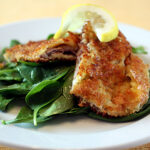In Praise of Curtis Stone’s Spiced Barbecue Lamb Ribs with Labneh
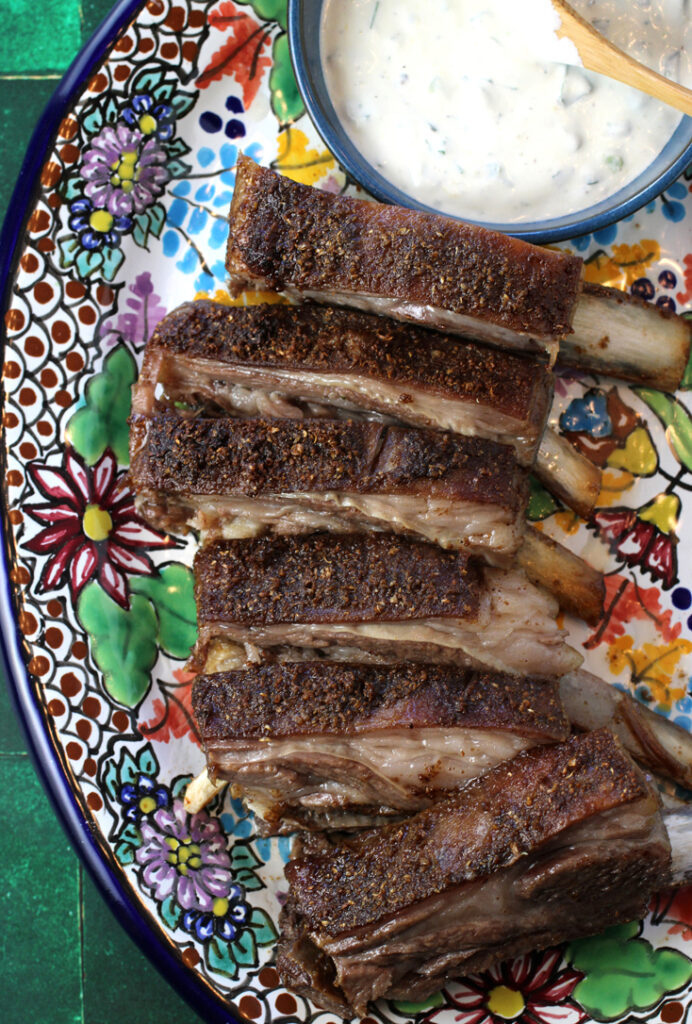
If you love pork ribs or beef ribs, you really ought to give lamb ones a go.
Because they boast even more flavor and tenderness, along with an incomparable juicy, fatty richness that’s a pure guilty pleasure.
“Spiced Barbecue Lamb Ribs with Labneh” is a sure-bet introduction to them. The fool-proof recipe is by celebrity chef Curtis Stone, and comes from his acclaimed Hollywood restaurant, Gwen, which he operates with his brother, the restaurateur Luke Stone.
And despite the recipe name, you don’t even really need a barbecue grill to make these. They can be made entirely in the oven, if you like.
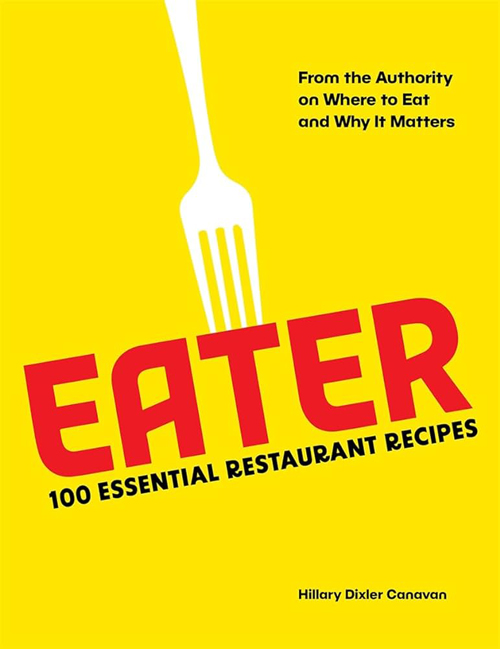
It’s from the book, “Eater: 100 Essential Restaurant Recipes” (Abrams, 2023), of which I received a review copy, which was written by Eater’s restaurant editor, Hillary Dixler Canavan.
Eater, the online site started in 2006 in New York that’s dedicated to restaurant dining, has since expanded to 20 cities across the world. This book hones in on iconic dishes from restaurants in this country, offering up everything from “One-Pan Migas Tacos and Pink Panther Smoothie” from Veracruz All Natural in Austin, TX; “Breakfast Congee with Cinnamon-Bacon Croutons, Portuguese Sausage, and Chili Oil” from Koko Head Cafe in Honolulu; and “Three Sisters Veggie Bowl” from Wahpepah’s Kitchen in Oakland; to “Grilled Pizza with Asparagus Pesto, Prosciutto, and Burrata” from Al Forno in Providence, RI; “Egg Toast with Caviar and Dill” from Jean-Georges in New York City; and “Financiers” from B. Patisserie in San Francisco.
I confess this is my second attempt at a recipe from this book because the first one didn’t go so well.
Initially, I tried cooking the recipe for “Gambas Al Ajillo (Garlic Shrimp with Brava Sauce” from Jose Andres’ Jaleo in Washington, DC. The tomato-y brava sauce, laced with garlic, sweet pimenton, chiles, and garlic, turned out fine, though I think if I ever made it again, I wouldn’t pass the sauce through a sieve as instructed because the resulting consistency seemed too thin to me. The real issue arose, though, when I went to saute the 1 pound of shrimp in a whopping 1 cup of extra-virgin olive oil called for in the recipe. It’s one thing if the shrimp were being deep-fried, then drained. But no, you were supposed to serve the shrimp with all of the oil that is then mixed with a mere 2 tablespoons of brava sauce. I decided ahead of time to go with only half the amount of oil, which still ended up being way too much. Afterward, I Googled around and came across Andrew Zimmern’s copy of the Andres recipe — which uses only 1/4 cup of extra-virgin olive oil to saute the shrimp, which makes a whole lot more sense. So, just be sure to read each recipe carefully, and if your gut tells you something may not be right, you might be wise to trust in that.
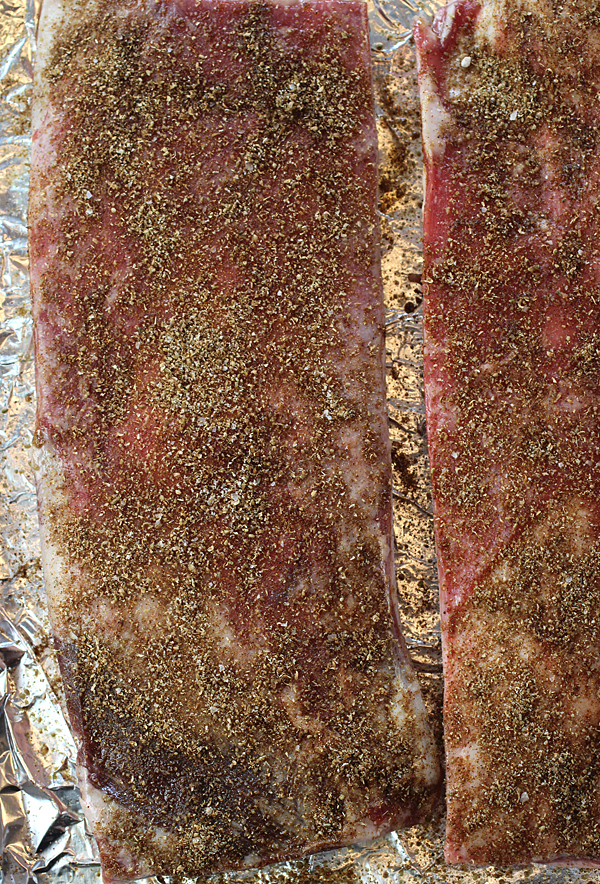
Thankfully, Stone’s recipe turned out wonderfully. Gwen is famous for having its own butcher shop open to the public, as well as a restaurant that puts meat center stage with views of glass-walled dry-aging rooms and a massive fire pit for smoking and roasting.
Obviously, lamb ribs are easy to come by when you have your own butcher shop on site. You and I are more likely to find them at upscale markets. I sourced mine from Sonoma County Meat Co. via GoodEggs.
This recipe calls for two racks of lamb ribs, but doesn’t specify their weight. My racks were on the larger side, both slightly more than 2 pounds each. Because of that, I decided to double the spice rub mixture, which worked well. You needn’t worry about going overboard on the spice mix amount, as the end result will not be overpowering or overly salty.
The mix is simply coriander seeds, fennel seeds, and cumin seeds, all ground, then stirred up with salt, smoked paprika, and cayenne. The rib racks get coated with the spices, then placed in a roasting pan and covered with foil. They cook for nearly 2 hours in the oven until incredibly tender.
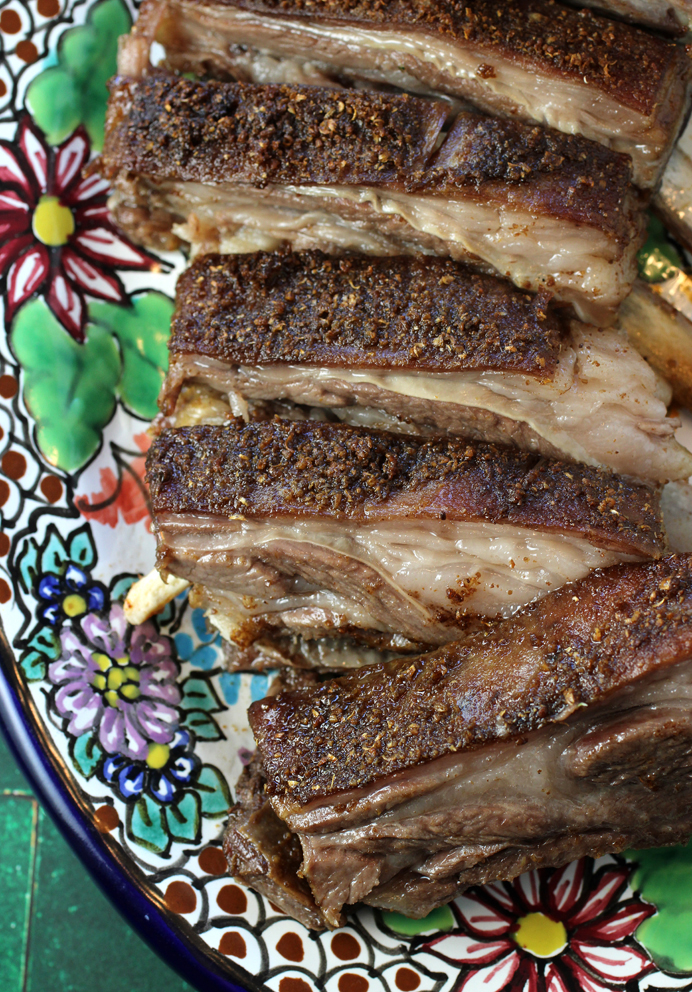
After they come out of the oven, the recipe instructs to sear them on a grill for a couple minutes until caramelized. Not wanting to fire up the coals just for that, I opted to put the rib racks uncovered in the pan underneath the broiler for a minute or two to create the same effect of crisping up the top of the ribs.
The ribs are served with a creamy, cooling sauce of labneh blended with lemon, chile, olive oil, and a profusion of fresh parsley, tarragon, and rosemary.
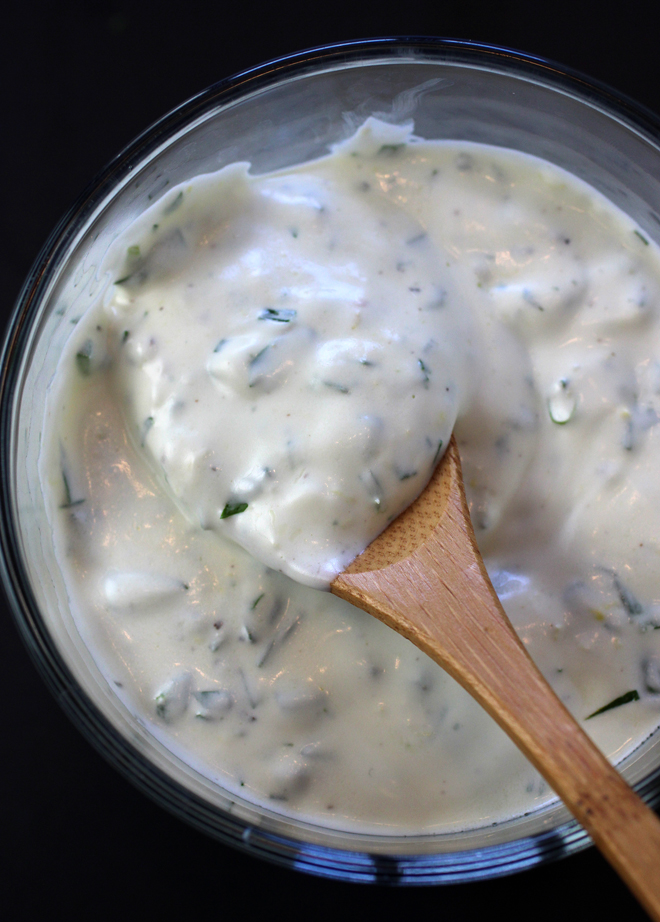
Labneh is simply strained Green yogurt, which renders a thicker consistency almost like spreadable cream cheese along with an even more pronounced tang. If you can’t find containers of labneh in the refrigerated section of your grocery store, you could substitute whole milk Greek yogurt, but the body and perkiness won’t be quite the same.
These ribs are beyond succulent with the warm taste of earthy and smoky spices. They burst with delicious oily juices, and surprisingly, the bright tasting labneh, though thick, creamy and rich, too, cuts through that well.
At Gwen, these ribs are a starter. But you can easily make them a main course by serving with flatbread or rice, along with a salad or grilled or roasted vegetables.
If you aren’t licking your lips already, you surely will be the moment you sit down to these.
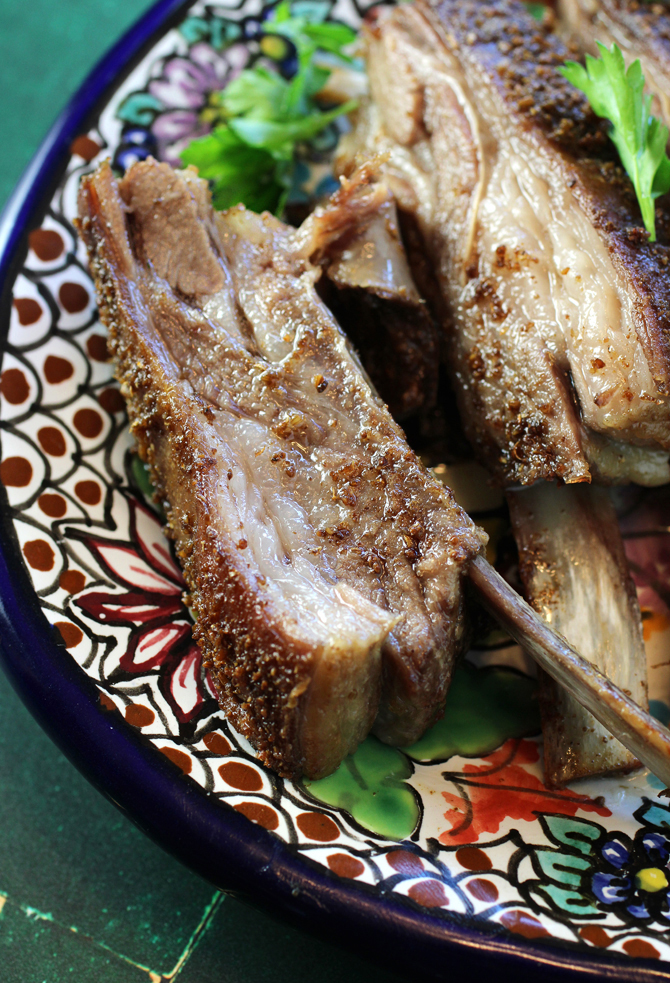
Spiced Barbecue Lamb Ribs with Labneh
(Serves 4 to 6)
For the ribs (see Note):
1 1/2 teaspoons coriander seeds
1 teaspoon fennel seeds
1/4 teaspoon cumin seeds
1 1/2 teaspoons salt
1 1/2 teaspoons smoked paprika
1/4 teaspoon cayenne pepper
2 racks of lamb ribs
1 tablespoon olive oil
For the labneh sauce:
3/4 cup labneh
3 tablespoons extra-virgin olive oil
1 lemon, zested (1/2 teaspoon) and juiced (1 tablespoon)
1 fresh long red chile or jalapeno, seeded and finely chopped
1 tablespoon finely chopped fresh Italian parsley
2 teaspoons finely chopped fresh tarragon
1 teaspoon finely chopped fresh rosemary
Salt and freshly ground black pepper
To make the ribs, preheat the oven to 325°F.
Grind the coriander seeds, fennel seeds, and cumin seeds to a fine powder using a spice grinder. In a small bowl, mix the freshly ground spices with the salt, paprika, and cayenne.
Pat the ribs dry and brush both sides with olive oil, then sprinkle the spice mixture evenly over both sides. Place the ribs on a heavy rimmed baking sheet and cover tightly with foil. Bake for 1 1/2 to 2 hours, until the meat between the bones is tender. Remove the ribs from the oven and set aside to cool.
Meanwhile, make the labneh sauce by whisking all the ingredients together in a small bowl. If the sauce is too thick, thin it out with some water. Sauce can be made one day ahead, stored in an airtight container in the fridge.
When you’re ready to serve, prepare a barbecue for medium-high heat. Remove the ribs from the excess fat and pan juices and barbecue the ribs for 2 minutes on each side, or until caramelized. Or alternatively, slide the pan of ribs, uncovered, under the broiler for a minute or two until the top gets caramelized and a little crisp.
Cut into individual ribs. Place on a platter and serve with the labneh sauce on the side.
Note: If your lamb rib racks are on the larger side — 2 pounds or more — consider doubling the amount of spice mix to sprinkle on them.
The ribs can be rubbed with spice mixture 1 day ahead, covered, and refrigerated. The ribs can be baked 1 day ahead. Remove the baked ribs from excess fat and drippings, then store in an airtight container in the fridge. When barbecuing the cold baked ribs, cook over medium heat, turning as needed, for about 10 minutes, until caramelized and warmed through.
A butcher can help you source lamb ribs, or you could swap in lamb chops: For a medium-rare lamb chop, pan sear chops individually, then finish in the oven.
Adapted from a Curtis Stone recipe published in “Eater: 100 Essential Restaurant Recipes” by Hilary Dixler Canavan
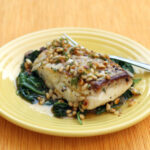
More Curtis Stone Recipes to Enjoy: Halibut and Spinach with Orange-Pine Nut Vinaigrette
